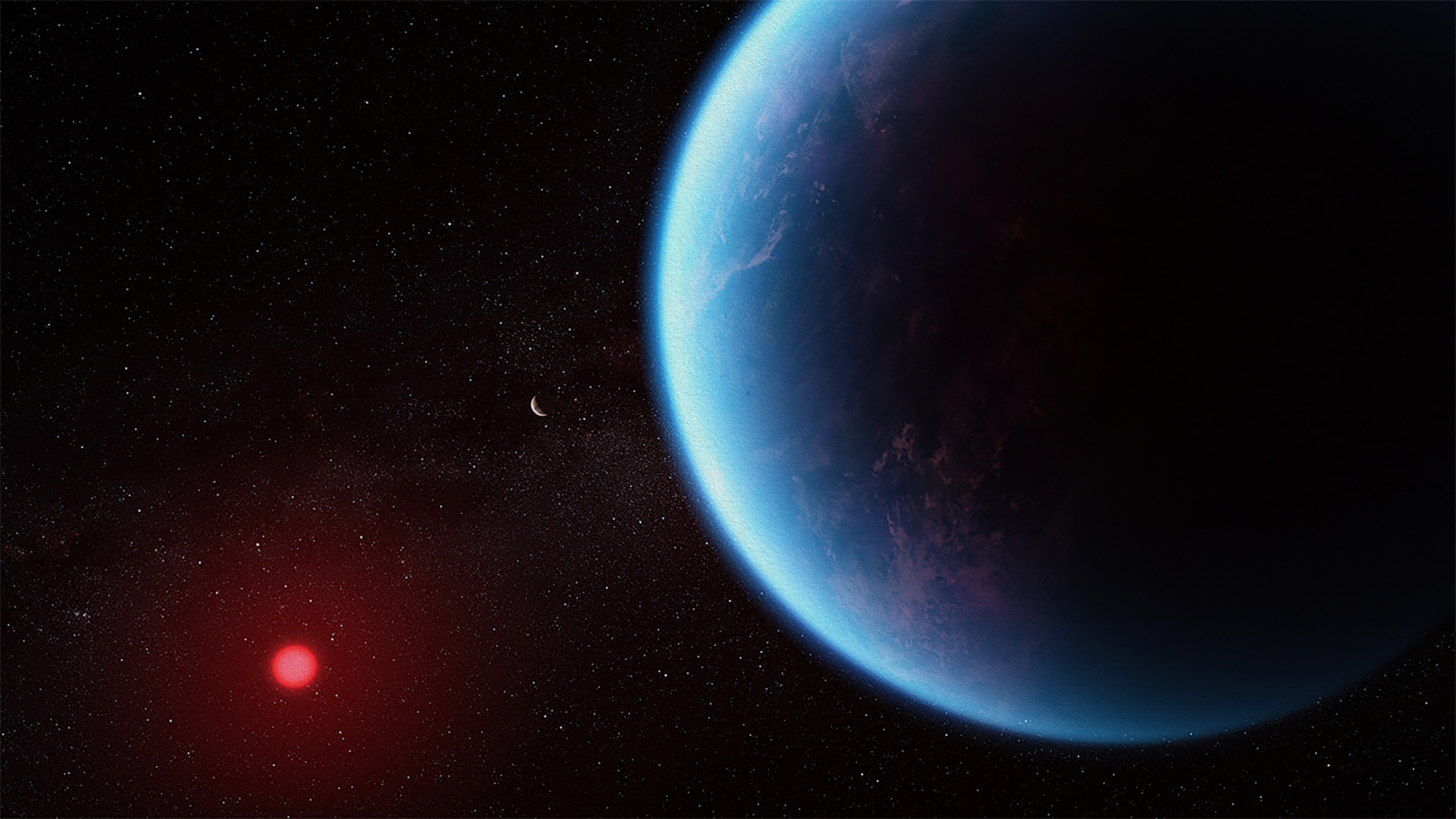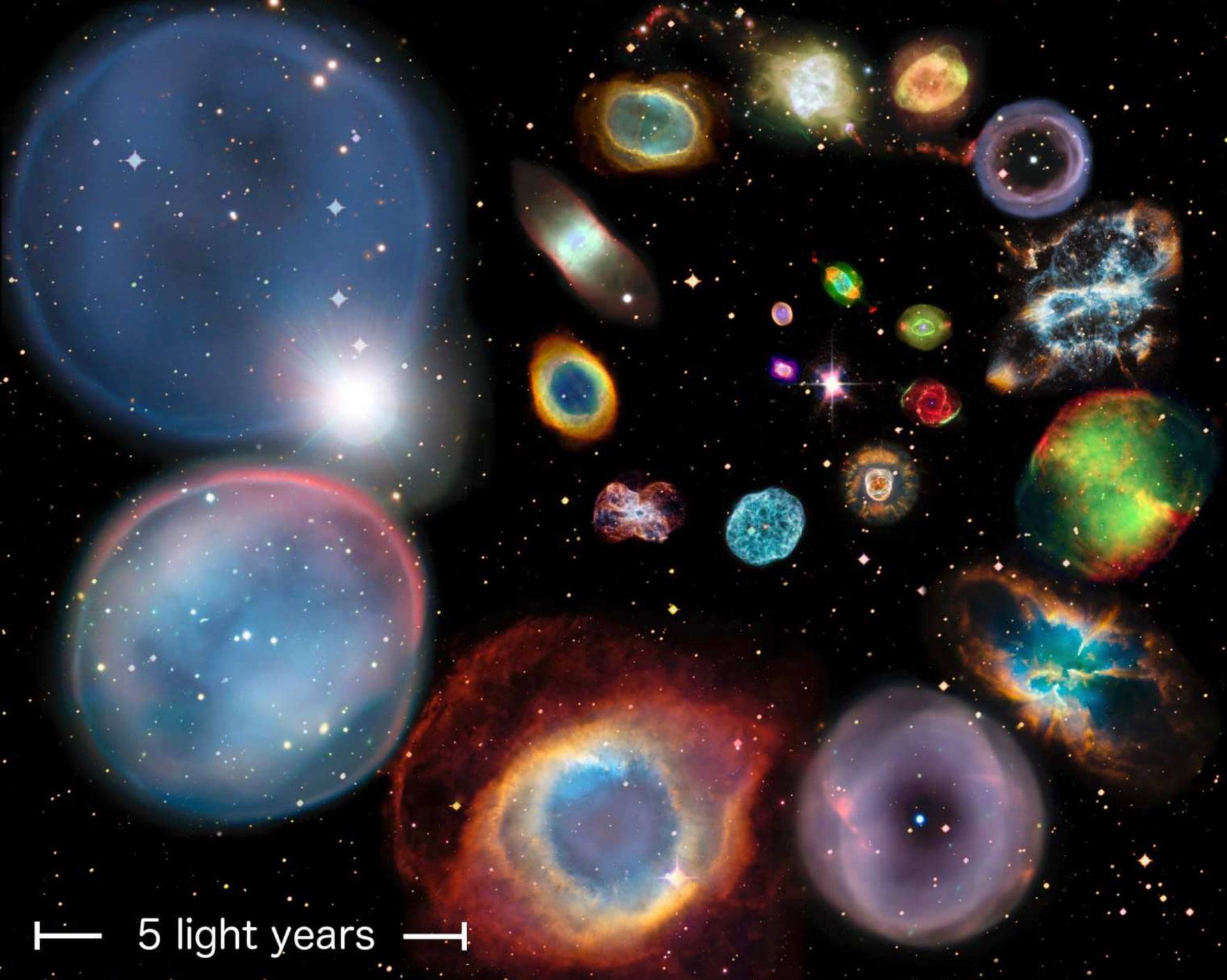This Early Warning Signal Could Successfully Predict Betelgeuse’s Supernova
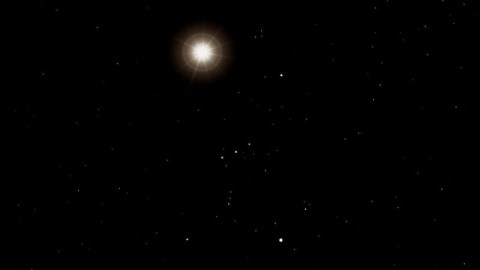
When the supernova occurs, a whole slew of signals will arrive at once. But there’s one hint that could successfully warn us in advance.
As Betelgeuse continues to vary in brightness in the night sky, it reminds us that this is an object that could explode in a spectacular supernova at any point in the foreseeable future. With approximately 20 times the mass of the Sun and already in the red supergiant phase of its life, Betelgeuse is already burning elements heavier than hydrogen and helium in its core. At some point in the not too distant future, whether it’s days, years, or millennia away, we fully expect it to die in the most visually stunning way of all.
While a whole slew of signals will arrive once the supernova actually occurs, from neutrinos to light of all different energies and wavelengths, the outward, visual appearance of the star will not give any surefire clues that a supernova is imminent. But the nuclear reactions powering the star do change over time, and at just 640 light-years away, Betelgeuse’s neutrinos may give us the early warning signal we need to predict its supernova accurately, after all.
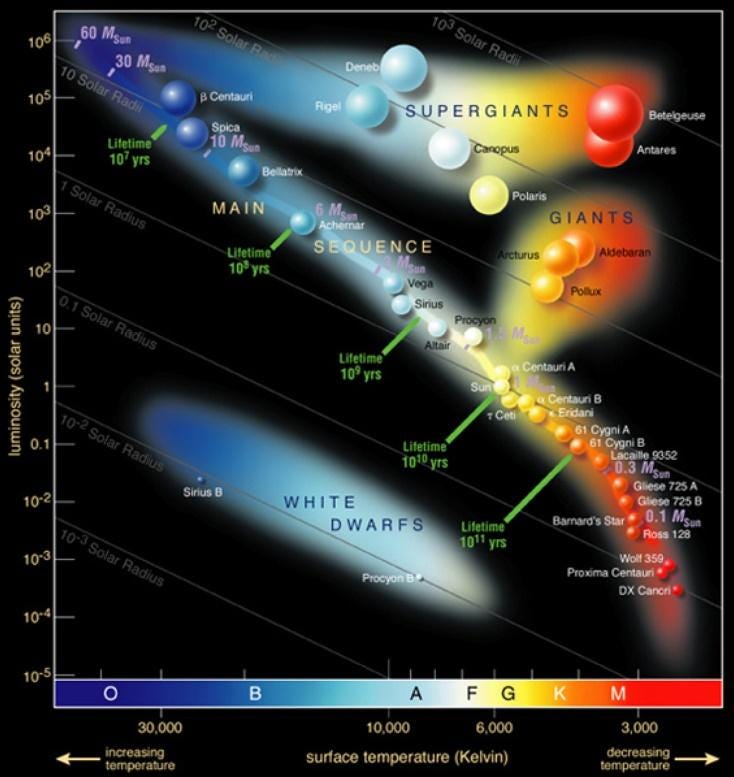
In order to become the red supergiant that we observe today, Betelgeuse needed to undertake a slew of important evolutionary steps. It needed for the enormous cloud of gas that it was born from to collapse, with a large amount (maybe 30-to-50 Sun’s worth) of mass contracting down to eventually form a proto-star. It needed for nuclear fusion to ignite in its core, fusing hydrogen to helium like our Sun does, albeit hotter, faster, and over a larger volume of space.
It needed for millions of years to pass and its core to run out of hydrogen, so that the internal radiation pressure drops, the core contracts and heats up farther, and the star swells into a red giant. In this giant phase, helium fusion began to occur, as every three helium nuclei wind up fusing together into a carbon nucleus, while hydrogen-burning continues in a shell around the helium-fusing core. At last, when the core runs out of helium, the star becomes a supergiant.
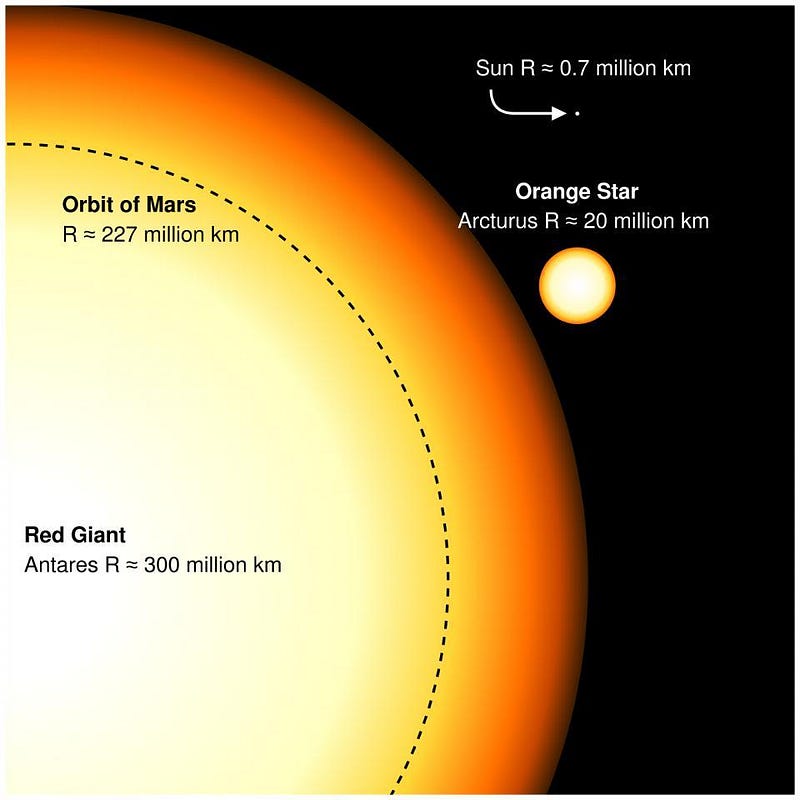
The reason is straightforward: a star is simply an object where the outward pressure of radiation balances the force of gravity that works so hard to collapse all that mass. When the radiation pressure drops, the star contracts; when the radiation pressure increases, the star expands. Whenever the star runs out of whatever core fuel its burning, the core will contract, heat up, and — if it gets hot enough — begin burning the next element in line in its nuclear furnace.
With the transition from helium-burning to carbon-burning, the temperature rises so high that a series of shell burning commences: carbon on the inside, helium surrounding it, and hydrogen outside of that. The radiation pressure increases so significantly that the material outside of the outermost shell begins forming large convective cells, forming plumes of irregular ejecta, and swelling to beyond the size of Jupiter’s orbit around the Sun.
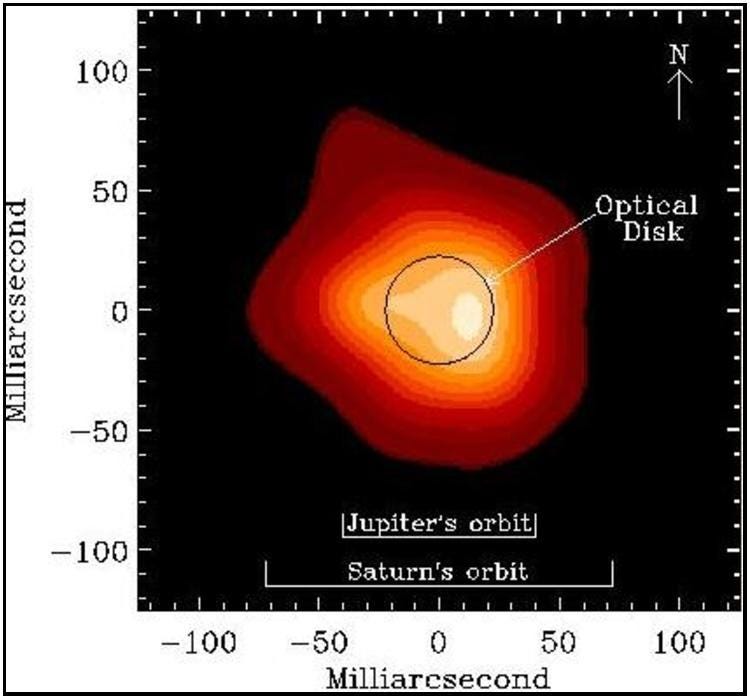
Although there are certainly changes happening inside of Betelgeuse’s core, those changes have a delayed effect in how they propagate to the star’s outer layers. Just as the photons created in the Sun’s interior take on the order of ~100,000 years to propagate to the Sun’s photosphere, the energy created in Betelgeuse’s core take on the order of at least thousands of years to propagate to the surface.
Because of the complexities of energy transfer within the interior of a star, the small changes we’re seeing in the outermost layers of Betelgeuse today are most likely unrelated to a transition occurring in Betelgeuse’s core; they’re far more likely to be due to instabilities in the tenuous outer layers of the star. Even if Betelgeuse has moved on from carbon fusion to begin burning heavier elements still — elements like neon, oxygen, and silicon — those stages only take a few years to complete.
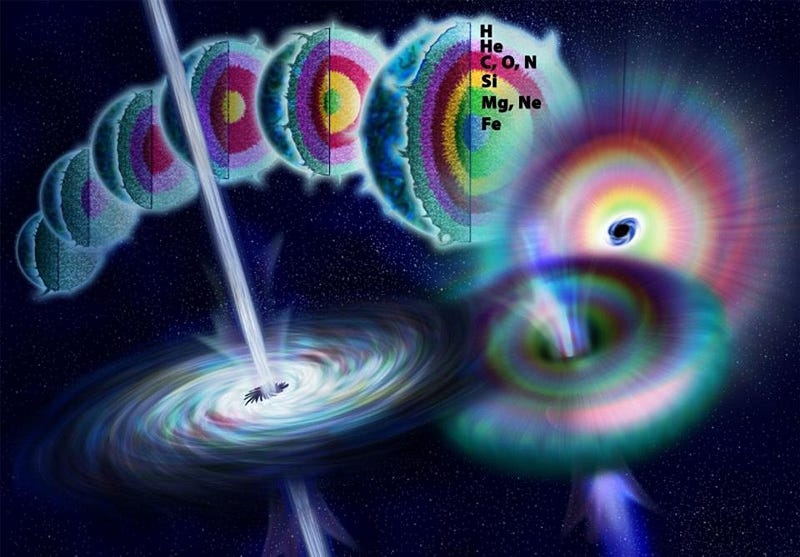
When your supergiant star begins fusing carbon, that stage takes on the order of 100,000 years to burn to completion, the overwhelming majority of the time a star spends in the supergiant phase. Neon burning takes only a few years at most; oxygen burning typically takes merely months; silicon burning endures for only a day or two at most. These last stages do not result in any significant temperature changes or photosphere changes that are observable in a meaningful way.
If we want to know what’s going on in the core of a star — our only true indicator of when a supernova is coming — observing the electromagnetic properties of the star won’t give it to us; there is no change in a star’s temperature, brightness, or spectrum that occurs after the transition from carbon-burning to heavier elements.
But the neutrinos tell a vastly different story.
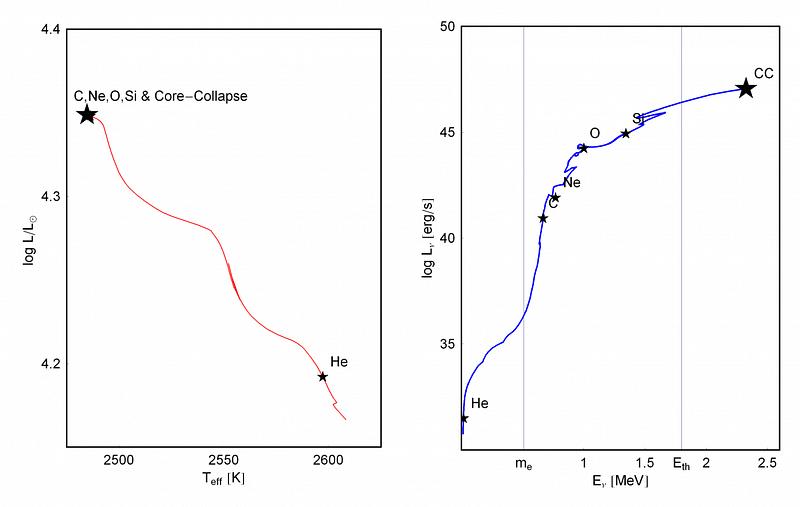
In the lead-up to a supernova, the neutrinos carry away the vast majority of the energy produced in those core fusion reactions. For the carbon burning phase, the neutrinos are emitted with a particular energy signature: a specific luminosity and a specific maximum energy-per-neutrino. As we transition from carbon-burning to neon-burning, oxygen-burning, silicon-burning, and eventually the core-collapse phase, both the energy flux of neutrinos and the energy-per-neutrino increase.
According to a paper by Polish physicist Andrzej Odrzywołek and his collaborators, this leads to an important observable signature. During the silicon-burning phase, neutrinos are produced with higher energies than previously, and as the silicon-burning phase continues, shells of silicon fusion begin forming around the core. In the final few hours of this star’s life, shortly before the core collapses, the neutrinos produced cross a critical energy threshold, labeled E_th above.
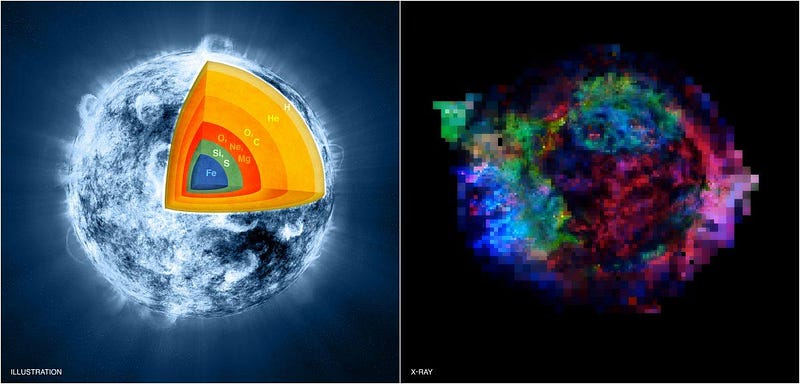
What’s going on inside these stars? When you start burning carbon (or anything heavier) inside your star’s interior, the process is energetic enough to begin producing positrons — the antimatter counterpart of electrons — in copious amounts. These positrons annihilate with electrons, which will sometimes lead to the production of neutrinos and antineutrinos, which simply carry energy omnidirectionally away from the star entirely.
When the antineutrinos arrive on Earth, which some of them inevitably will, they’re typically indistinguishable from the “natural” sources of antineutrinos that show up in our detectors: from radioactive processes in Earth’s interior and in nuclear reactors. But when you cross that critical energy threshold, E_th, your antineutrinos can interact with the protons in your detector, producing a unique signature: neutrons and positrons, an unmistakable signal of inverse beta decay.
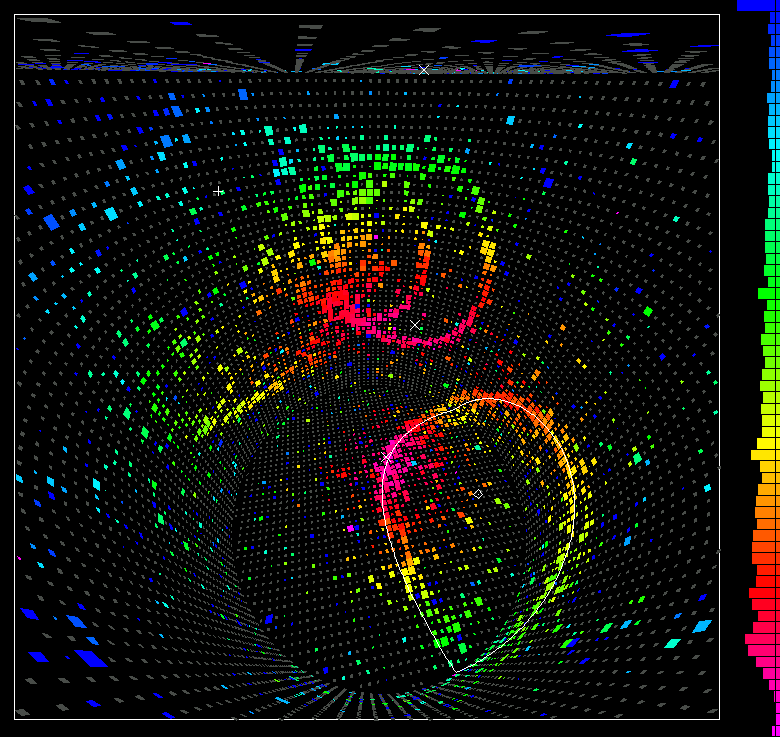
Under normal circumstances, inverse beta decay events are extreme rarities in neutrino detectors, coming about only when a random neutrino from the Universe strikes our sophisticated neutrino detectors. But if a star were burning silicon in its core and had crossed that critical energy threshold to produce sufficiently energetic antineutrinos, and if it were close enough, we should see a large number of inverse beta decay events that all come from the same direction.
Based on a 2004 calculation, a tank that contained 1,000 tons of water should see approximately 32 events per day from a late-stage silicon-burning star located at the distance of Betelgeuse. Super-Kamiokande, presently the largest water-based neutrino detector, holds 50,000 tons of water, and will be upgraded to Hyper-Kamiokande, holding 260,000 tons. These correspond to 1,600 and 8,300 events-per-day, respectively, enough to give an unambiguous supernova warning.

In the first hour, in fact, Super-Kamiokande alone should see somewhere between 60 and 70 antineutrinos interacting with their detector, producing this specific inverse beta decay reaction with direction data inherent to it. The additional fact that the antineutrinos are expected to arrive in peaks, as the silicon-burning core and the silicon-burning shells outside it oscillate, would provide additional information that Betelgeuse is about to blow.
In fact, this technique is so remarkably good that by the time Hyper-Kamiokande is operational, we should be able to detect any star that would go supernova within about 7,000 light-years very robustly: we’d receive about 3 positron-producing antineutrinos per hour with directional information in our detector. If a star went supernova at the present distance of the Crab Nebula, which itself was created in a supernova explosion about 1,000 years ago, we’d definitely be able to see it coming.
Even stars as far away as the galactic center might emit a handful of detectable neutrinos in time to herald the imminent arrival of a supernova.
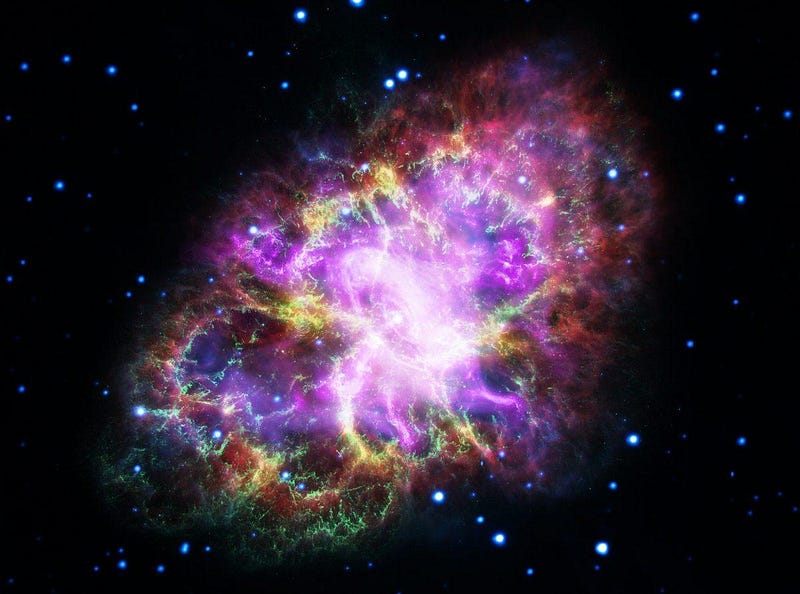
Sure, it’s only a few hours of warning time, but it would represent one of the most spectacular achievements of modern science: the ability to know precisely when the most visually stunning astronomical event in centuries would occur. We could have a series of multiwavelength observatories all pointing at Betelgeuse even before the moment of its supernova, just waiting to observe whatever signatures come out, and catch them all in the act of emerging for the first time.
It’s true that the big flux of neutrinos, which occur at the moment of core-collapse, will still arrive and herald the arrival of the supernova itself. But for a brief window beforehand, there’s an observable signature that would tip us off to what’s coming. If you’ve got a spare ton of water lying around and the technology to build a neutrino detector, an impending supernova would deliver you 2-to-3 neutrinos per hour once the critical antineutrino energy threshold was crossed. With the right technology, this fascinating theoretical work demonstrates that even a supernova can be successfully predicted.
Ethan Siegel is the author of Beyond the Galaxy and Treknology. You can pre-order his third book, currently in development: the Encyclopaedia Cosmologica.

